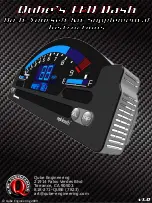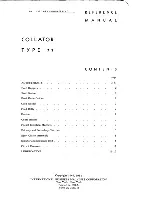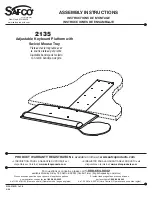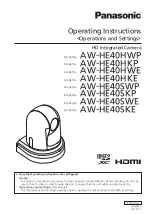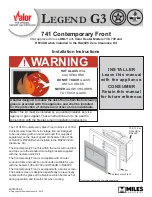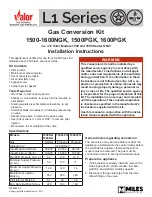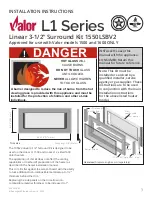
SunRise – Installation Manual
RE_PROD_0005 Version 3
Page 9 of 28
Issue Date 16/11/2020
Step 2.
Positioning
The SunRise is designed to be a freestanding weatherproof system. However,
we strongly recommend it to be placed outdoors and close (300mm) to a wall
in a shaded area to reduce the chances of overheating. It should also be placed
as close as possible to the solar panels and the MSB to minimise voltage
drop/power loss.
Cooling air flow passes up through the base of the system and then out the
back.
•
Air vents are included in the base
and rear of the system. Do not block them otherwise the
system will overheat and shutdown. Once the system
cools down again it can be restarted. The flow of air is
assisted by an electric fan connected to one of the rear
vents. It is controlled by an adjustable temperature
switch set to 35⁰C in t
he factory.
•
Allow spacing around the system to comply with current
installation standards.
The SunRise has four holes in the base to allow for securing.
This can be done with dynabolts or material appropriate screws.
NOTE:
SunRise can be installed indoors. However, proper
ventilation must be installed according to
AS/NZS 5139.
NOTE:
Minimum distance between the wall and the back is 100mm
Step 3.
Solar Install
The PV Array should be designed and installed in accordance with AS/NZS
5033 and the latest CEC Installation guidelines. Caution should be taken in
selecting PV panels and wiring method to ensure Open Circuit Voltage (V
OC
)
and Short Circuit Current (I
SC
) is not exceeded.
PV Racking & Panels should be installed in accordance with manufactures
instructions and AS/NZS 5033.
NOTE:
Ensure that the array is within the inverter specification and polarity
of the array is correct.
Installation
SunRise Minimum Clearance
According to AS/NZS 5139
WARNING: The Solar DC Isolator on the SunRise must be in the off position
before any solar panels are connected


























